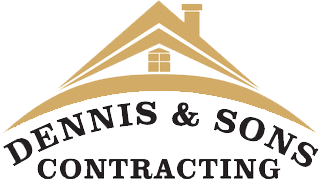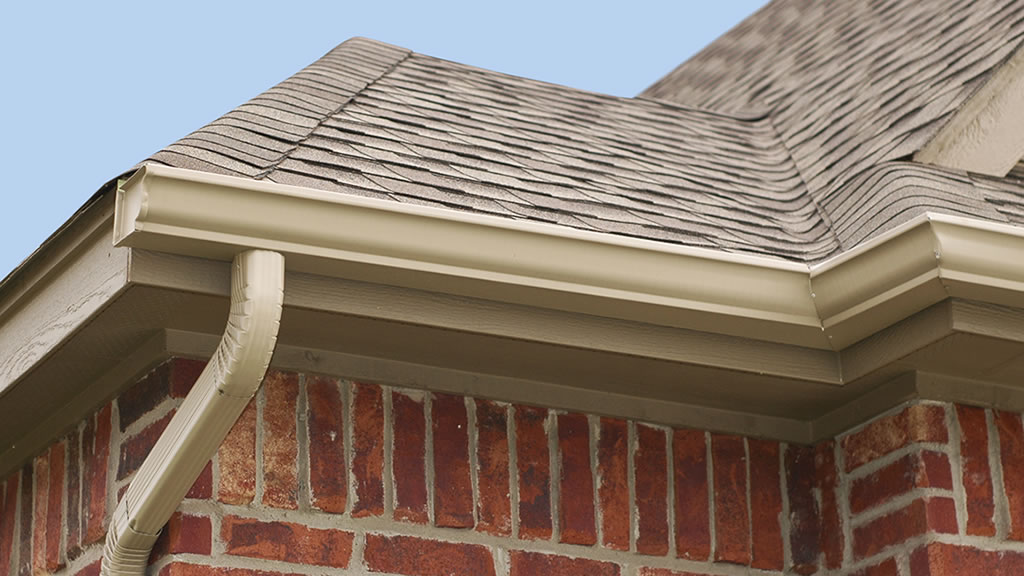If you own a home or business, certain tasks need completion to ensure the property remains in great shape. Preventative roof maintenance serves as one of these tasks. Experts state the inspections conducted as part of this maintenance increase roof longevity and ensure the warranty remains in effect.
Some individuals choose to inspect their roof on their own, and there are advantages to doing so. For example, they learn the building and its intricacies, making it easier to identify a problem when it occurs. However, others opt to hire a roofing contractor to do this task. They don’t feel comfortable climbing on the roof to do the work. Whichever method the owner chooses, never delay these inspections. Doing so could lead to high repair bills in the future.
When to Conduct Roof Inspections
Property owners need to have their roofs inspected twice a year. In addition, it never hurts to have the roof checked before and after periods of severe weather. Extreme cold and direct sunlight, for example, could damage the roof. By detecting this damage early, the owner prevents additional harm. Also, any time a hurricane or tornado comes through the area, straight-line winds occur, or a hailstorm takes place, call for a roof inspection.
Creating a Preventative Roof Maintenance Plan
Owners need to do a comprehensive roof survey before creating a preventative maintenance plan. During this survey, carry out an energy audit analysis. The survey provides information about the current condition of the roof, its size and age, and the roofing system found. Record information about factors that influence the condition, such as existing paths or access portals and where they are located. This information becomes of great help when creating the roof maintenance checklist.
Creating a Roof Maintenance Checklist
Property owners who choose to carry out their roof inspections need to create a checklist to follow during each inspection. We’ve created an excellent roof maintenance checklist you can use. This ensures nothing gets overlooked during the process. In addition, the completed checklist serves as proof the owner maintained the roof in the event a warranty or insurance claim becomes necessary. What should this checklist include?
- Interior Damage – Start the inspection inside the building. Look for water damage in the form of water stains, mold, mildew, peeling paint, or drips and leaks. Always examine areas thoroughly, as leaks often travel sideways through the structure. Many people assume they will be overhead, but this isn’t always the case. Certain areas receive high snow totals every year, and properties in these areas need to have an annual inspection of the trusses and beams to look for structural stress in the form of rot, rust, or cracking. Commercial properties need annual inspections if the roof carries heavy equipment.
- Cleanliness – Head to the roof to look for any dirt or debris buildup. These materials often block drains and bring about early rot or decay of the roofing surfaces. Check for fallen tree limbs, as they often do damage to roofing components. If multiple tree branches have fallen on the roof, it’s time to call an arborist to address the issue. However, this isn’t the only situation where an arborist becomes of help. Branches hanging over a structure could rub the roofing materials, scratch or gouge them, or possibly leave puncture marks. Tree debris and leaves allowed to remain on the roof make the structure weaker because they retain moisture. Have any branches hanging over the building cut back so these problems don’t arise.
- Inspect the Roof Surface – Walk the surface of the roof to check for other types of damage. Flat roofs tend to collect standing water in areas. Pay close attention to these areas, and make note of problems such as deep scratches in the membrane, blistering, abrasions, holes and tears, or cracking. A failure to address ponding water on a roof could cause a roof collapse. Roof seams may crack up thanks to expansion and contraction, and this problem needs attention as well. When examining a gravel-top roof, make certain the gravel has no bare spots and the layer remains uniform. Assess metal roofs to see if any panels are loose or damaged and look for corrosion on the panels. Do the same for tile and shingle roofs. See if any pieces are missing, loose, or damaged. Finish up by looking for moss or fungus on any roof surfaces, as they require immediate removal to present deterioration of the roof surfaces.
- Flashing and Expansion Joints – Check all flashing to ensure there are no gaps or places where the flashing is separating from the roof. Any sign of these issues means the roof membrane has sustained damage or the roof is leaking. If they see these problems, look for mold, as it frequently develops in areas such as these. Look over the expansion joints as well to see if there are any gaps, cuts, or tears.
- Ventilation – Roofing materials buckle when exposed to heat and moisture. This leads to insulation losing its effectiveness. As a result, the entire roofing system becomes less effective, which is why this portion of the inspection cannot be ignored.
- Drains – Clogged drains lead to damage to a roof. This damage comes as watermarks, mold, moss, or water that is backing up. Damaged and deteriorated seals and flashings require immediate attention as well.
- Gutters – Gutter systems function to move water off of the roof and away from the building. If the gutters become clogged, water may make its way under the roof eaves and cause damage. During the roof inspection, examine the gutters to ensure no clogs are present and that they remain properly attached to the building to avoid these issues.
- Architectural Elements – Homes often have architectural elements on the roof. This includes skylights, pipes, vents, and chimneys. Each element needs inclusion in the roof maintenance plan. Check for peeling paint, moss, rust, rot, and fungus during the inspection along with structural damage. Don’t overlook equipment supports and pipes. Examine them for potential issues that require attention. For example, squirrels frequently chew down lead boots and bring about a roof leak. Include stairs and railings in the roof maintenance plan. This includes platforms and crossovers, as property owners must make certain anyone who accesses the roof has a safe environment to carry out necessary tasks. Tighten any loose parts, remove and replace damaged paint, and replace any damaged or missing elements. Check around satellite dishes for wood rot, as this is a common problem in many structures. Don’t overlook the chimney at this time either.
- Commercial Signs – Commercial property owners need to ensure their safety signs remain legible and posted where everyone can see them. Remove any debris around the signs and clean them of any water damage or mold. If the signs show any sign of damage, consider replacing them to ensure they comply with local, state, and federal guidelines. This ensures everyone remains aware of hazards on the roof and avoids them when working on this part of the building.
When conducting this maintenance, examine all areas where repairs have been previously done. They tend to fail first, particularly when the property owner or someone who doesn’t complete roof repairs routinely did the repairs. Make certain this information appears on the roof maintenance checklist, so anyone who conducts the inspection knows what to look for.
The Benefits of a Roof Maintenance Plan
Countless property owners choose to hire a roofing company to carry out routine inspections and maintenance. They opt to turn this task over to the professionals to ensure they overlook nothing. A well-maintained roof often lasts longer than the warranty period in many cases and helps to keep costs down. The roof serves as an integral part of the building and proper maintenance frees up the money they would use to replace this component for other expenditures.
Documenting this maintenance boosts the resale value of the property, and owners should keep a hard copy along with a digital copy for their records. Keep the original roof specs, product sheets related to the roofing system, warranty paperwork, shop proposals and drawings, and more. Always document any modifications or changes to the roof and any repairs as well.
The inspection provides information about the current condition of the roof and allows the owner to budget for repairs or eventual replacement of the roof. Owners often look to their warranty when they discover a problem with the roof. However, if they failed to maintain the roof properly, they may be responsible for any costs associated with the repairs or replacement. Any repairs carried out by an unlicensed roofer could void the warranty.
As the roof nears the end of its lifespan, consider increasing the frequency of inspections. Doing so alerts the owner to minor problems that could lead to significant damage if not addressed. Furthermore, owners appreciate knowing their roof may need replacement soon, as this allows them to budget for the project.
Additional Measures to Extend the Lifespan of the Roof
Property owners find they can take additional steps to extend the life of their roof. Never smoke on the roof, as doing so could lead to damage. When on the roof, never stray from designated pads and walk paths, as they function to withstand the weight of humans and equipment. Drain clogs require immediate attention and never leave items on the roof when they are not in use.
Consider establishing a roof maintenance plan today. Doing so offers many benefits, and the plan pays for itself over the lifespan of the roof. However, choose the plan provider carefully to ensure you get the expected benefits. This provider helps you develop a plan that meets the needs of your property. The goal is to extend the lifespan of the roof while protecting your investment in the property. With the right plan and provider, achieving this goal is easy.

